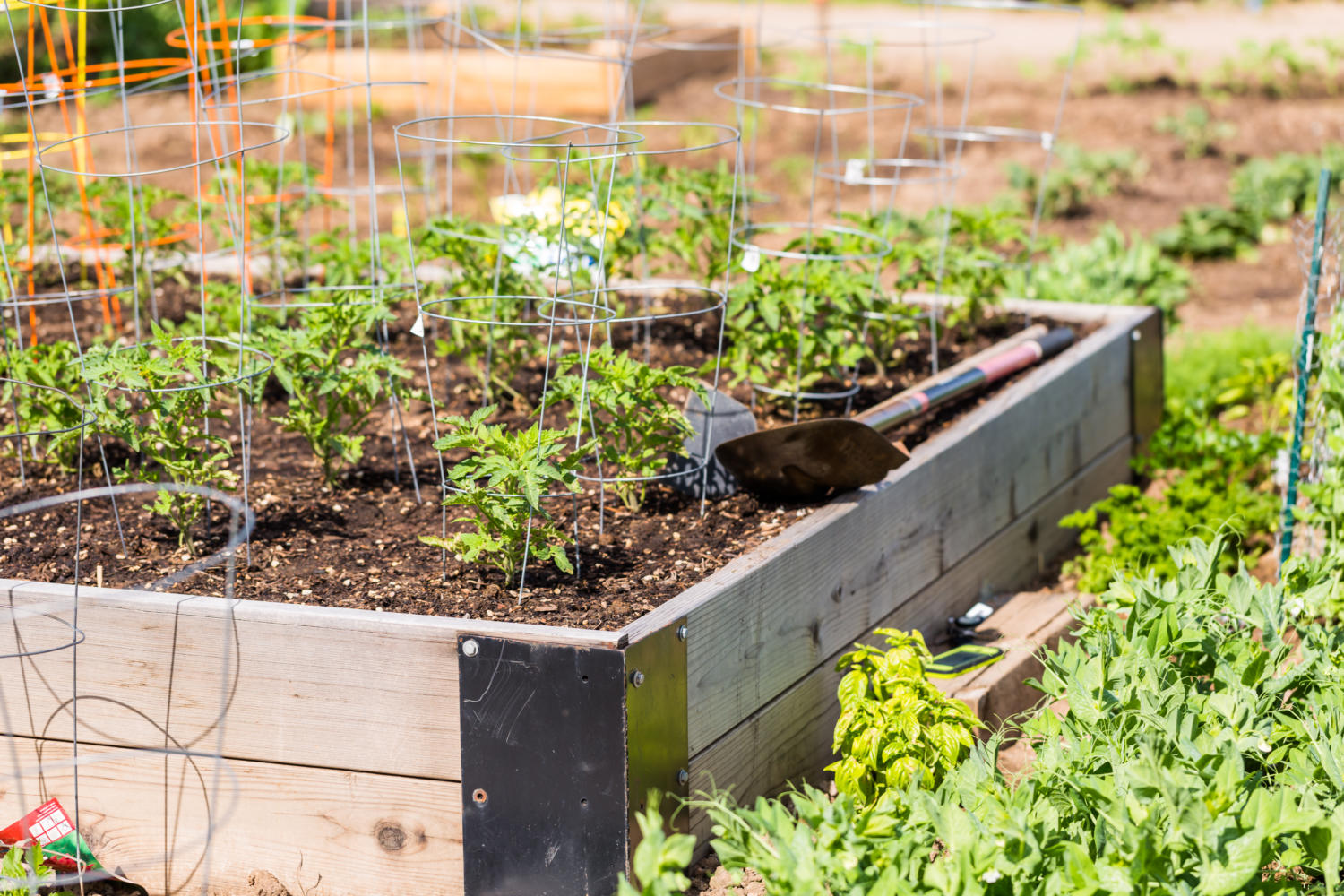
Cultivating vegetables in beds is a relatively new trend. You might call it a fashion— perhaps prompted by gardening makeover programmes on TV where any vegetables grown are invariably plonked into newly constructed and expensive-looking beds. But the elaborate edifices I’ve come across over the years have appeared more as architectural and artistic wonders, than horticultural necessities. Other beds I’ve seen are far more modest constructions, sometimes no more than a flimsy wooden framework thrown around a patch of soil, but probably just as useful from the growing point of view. All these beds appear to have been built on the basis that veg somehow demands a bed.
It’s certainly the case that there are benefits to growing vegetables in beds. In some situations, for example, where there are mobility issues to contend with, a waist-high bed (a true ‘raised’ bed), may be a necessity. Elevated beds or large containers may also be the only feasible means of growing on land with little or no natural soil. Even beds which are barely raised above ground level, can confer real benefits. These include helping to make heavy or wet soil more workable and demarcating of the cultivated area. If beds are not made too large it is possible to sow, plant, and harvest without walking on the soil. This can reduce the need for digging to break up soil compacted by treading. Indeed, bed growing is often part and parcel of the increasingly popular ‘no-dig’ method of vegetable growing— the guru of which is Charles Dowding (see www.charlesdowding.co.uk to learn more). When coupled with no-dig, growing in beds can have wider benefits, not least of which is minimising the disturbance and damage excessive digging can cause to soil structure and fauna.
Because of their artistic appeal, it is easy to overlook some of the complications with growing vegetables in beds. A particular issue is edging. The edge of your vegetable bed needs to be durable to avoid repeated repair or replacement. Wooden planks or boards, the usual option, will rot in time. Even chunky old railway sleeper-style edges won’t last forever. Unless wood is obtained free, or recycled, it’s neither cheap nor particularly sustainable. Wood, and for that matter most other bed edging like tiles or bricks, can also provide a haven for slugs and snails. Edgeless beds may be a better option, but containing the soil and compost can be difficult. I remember seeing some edgeless
beds which were so heaped that crops had to cling to the almost cliff-like sides!
Edging is not the only issue. Maintaining the paths or access areas between beds can also pose problems. If grassed, frequent mowing will be needed. If gravelled or bark chipped, weeds will soon get a hold as soil and compost will spill from the beds. It’s all too easy to spend more time weeding the paths than the crops! Soil-covering membranes are an alternative, but even these can fray, and slugs will lurk underneath!
There are other issues. Unless you’re going to tread on the beds, they’ll have to be narrow to enable easy reaching. This can make growing crops that sprawl or need lots of space difficult. Then there’s the problem of weeds. If perennial creeping nasties such as couch, buttercup, and ground elder aren’t thoroughly cleaned out before the beds are set up— it can be next to impossible to remove them from around the edging or under your gravelled paths.
I could go on, but the fact is while growing vegetables in a bed system may have lots of pros, it’s not without cons. The latter should not be overlooked or dismissed. Ultimately, whether to grow in beds or not is down to individual choice.











Add a comment